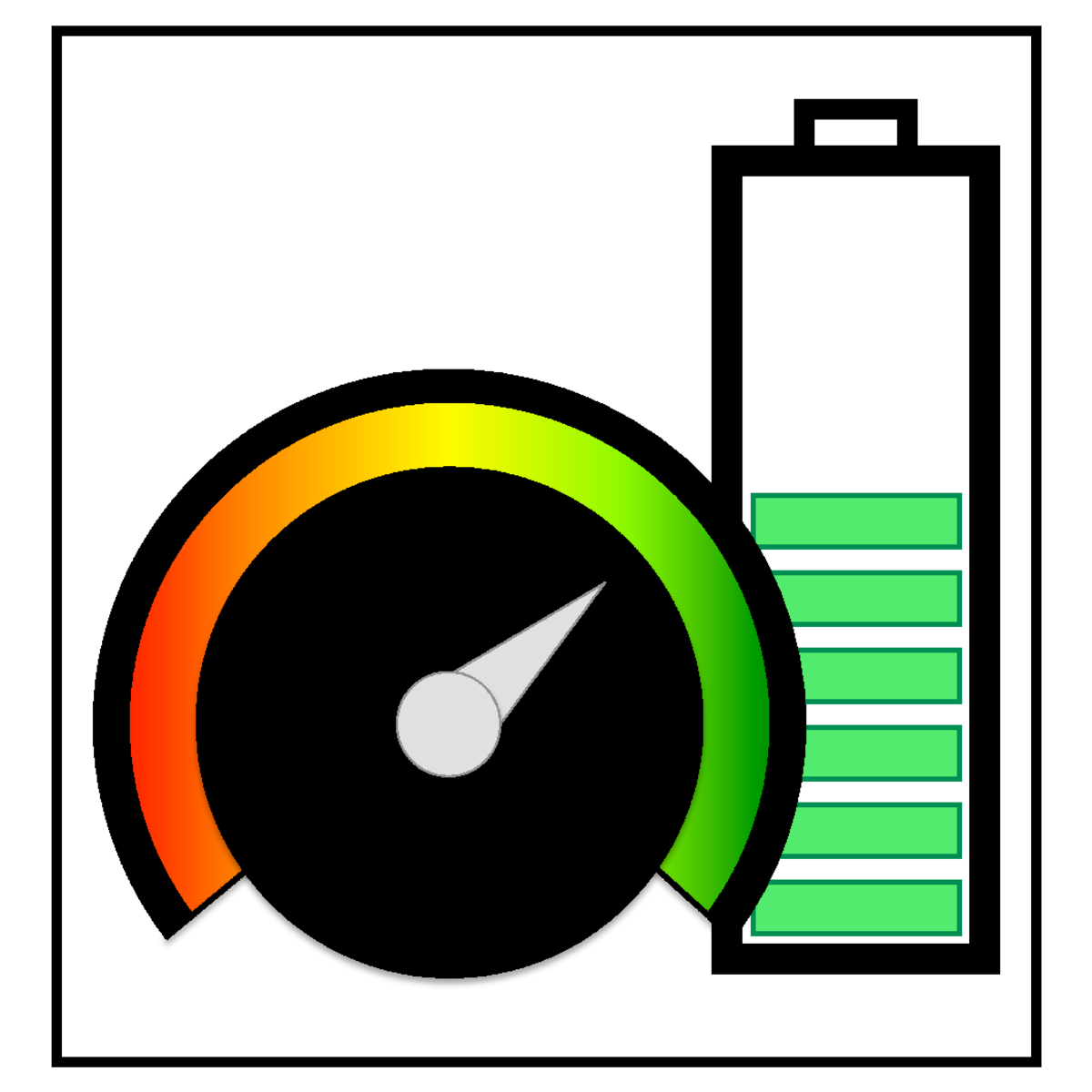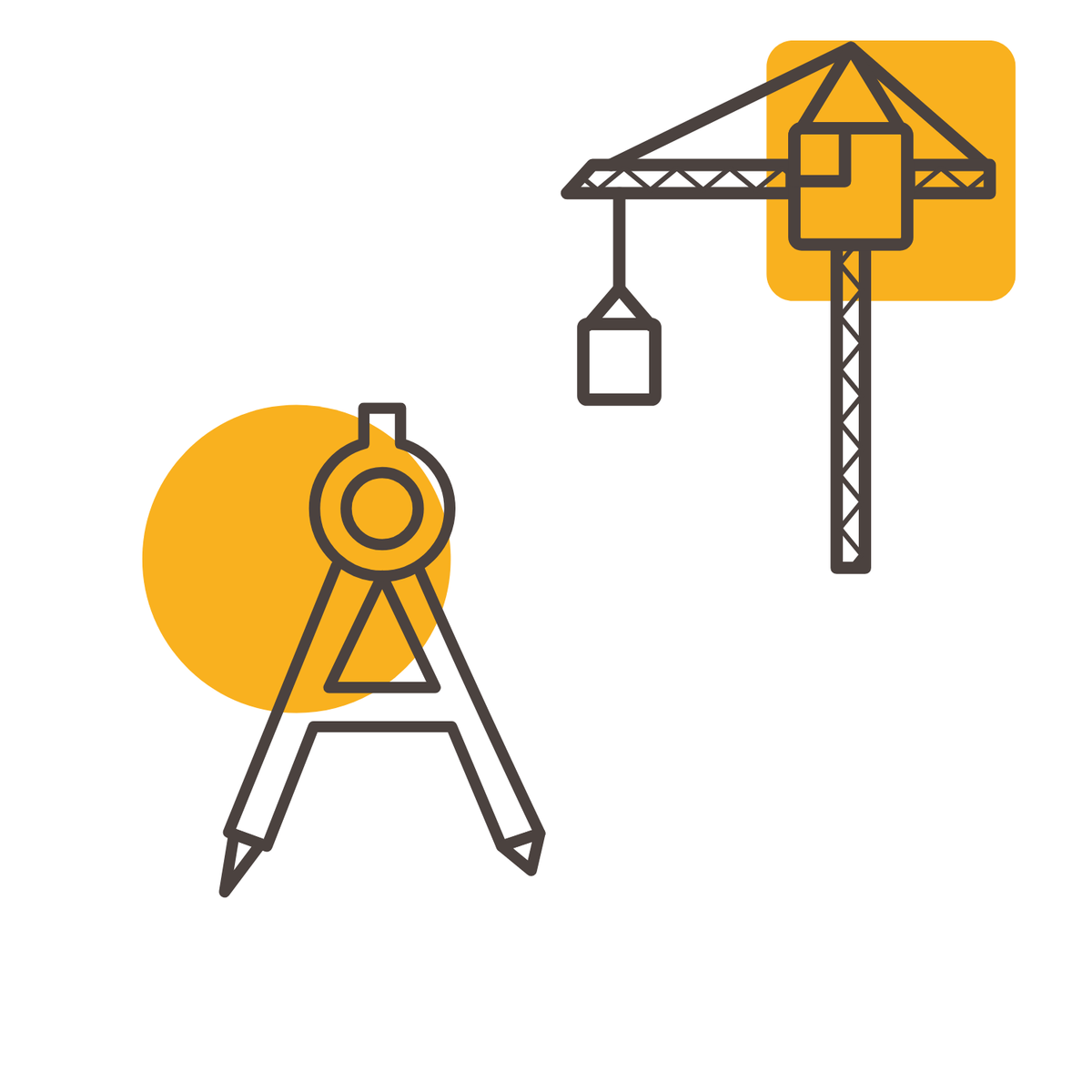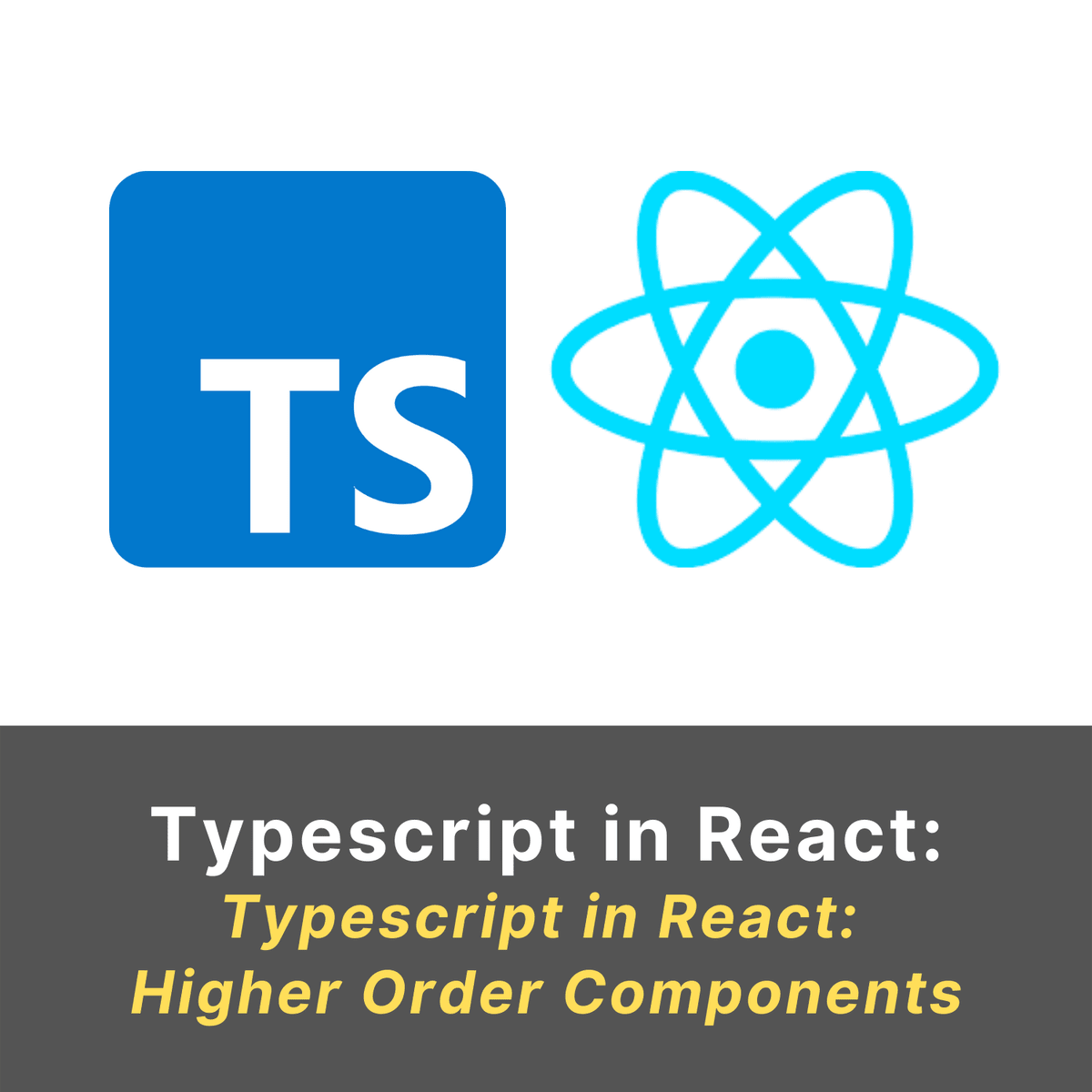Back to Courses









Computer Science Courses - Page 116
Showing results 1151-1160 of 2309

Get Started with User Experience (UX) Design in Miro
By the end of this project, you will be able to design and visualize an end-to-end user experience.
To do this you will gain hands-on experience exercising empathy to accurately document the stages, actions, emotions, and thoughts of the user while assessing opportunities and overall qualities of the customer experience in the Miro online visual collaboration platform for teamwork.
Note: This course works best for learners who are based in the North America region. We’re currently working on providing the same experience in other regions.

Real-Time Cyber Threat Detection and Mitigation
This course introduces real-time cyber security techniques and methods in the context of the TCP/IP protocol suites. Explanation of some basic TCP/IP security hacks is used to introduce the need for network security solutions such as stateless and stateful firewalls. Learners will be introduced to the techniques used to design and configure firewall solutions such as packet filters and proxies to protect enterprise assets.
Perimeter solutions such as firewalls and intrusion prevention systems are shown to have significant drawbacks in common enterprise environments. The result of such weakness is shown to often exist as advanced persistent threats (APTs) from nation-state actors. Such attacks, as well as DDOS and third-party attacks, are shown to have potential solutions for modern enterprise.

Battery State-of-Charge (SOC) Estimation
This course can also be taken for academic credit as ECEA 5732, part of CU Boulder’s Master of Science in Electrical Engineering degree.
In this course, you will learn how to implement different state-of-charge estimation methods and to evaluate their relative merits. By the end of the course, you will be able to:
- Implement simple voltage-based and current-based state-of-charge estimators and understand their limitations
- Explain the purpose of each step in the sequential-probabilistic-inference solution
- Execute provided Octave/MATLAB script for a linear Kalman filter and evaluate results
- Execute provided Octave/MATLAB script for state-of-charge estimation using an extended Kalman filter on lab-test data and evaluate results
- Execute provided Octave/MATLAB script for state-of-charge estimation using a sigma-point Kalman filter on lab-test data and evaluate results
- Implement method to detect and discard faulty voltage-sensor measurements

Responding to Post-Intrusion Ransomware with Cortex XSOAR
This is a self-paced lab that takes place in the Google Cloud console.
Investigate a real world ransomware attack using Cortex XSOARs Post Intrusion Ransomware Investigation and Response Playbook.

Android Banking Application using SQLite
At the end of this project you are going learn how to use SQLite local database in Android. In This project through developing a Banking Application you are going to work with various query selections in SQLite. Also, we’re going to work with Insert and update methods during this project. in this project we will not cover basic android concepts such as Activities and XML files, Dialogs and listeners.

Align Continuous Improvements with Impact Mapping in Miro
By the end of this project, you will be able to map product outcomes from multiple evidence streams including key performance indicators and user feedback, so that insights streams can be leveraged together to uncover opportunities for iterative improvements.
To do this, you will gain hands-on experience identifying key performance metrics and applying context to outcomes through user feedback in the Miro online visual collaboration platform for teamwork.
Note: This course works best for learners who are based in the North America region. We’re currently working on providing the same experience in other regions.

Building Test Automation Framework using Selenium and TestNG
Selenium is one of the most widely used functional UI automation testing tools and TestNG is a brilliant testing framework.
Test automation frameworks are a set of guidelines or rules for writing test cases.
They can reduce maintenance costs and testing efforts and will provide a higher return on investment (ROI) for teams looking to optimize their processes.
Testing guidelines include coding standards, test-data management, defining object repositories, reporting guidelines, and logging strategies.
Through hands-on, practical experience, you will go through concepts writing reusable and structure code which is easy to maintain and understand, creating helper classes or utilities, write effective testcases, and generating reports and logs.

Algorithms on Graphs
If you have ever used a navigation service to find optimal route and estimate time to destination, you've used algorithms on graphs. Graphs arise in various real-world situations as there are road networks, computer networks and, most recently, social networks! If you're looking for the fastest time to get to work, cheapest way to connect a set of computers into a network or efficient algorithm to automatically find communities and opinion leaders in Facebook, you're going to work with graphs and algorithms on graphs.
In this online course, you will first learn what a graph is and what are some of the most important properties. Then you'll learn several ways to traverse graphs and how you can do useful things while traversing the graph in some order. We will then talk about shortest paths algorithms — from the basic ones to those which open door for 1000000 times faster algorithms used in Google Maps and other navigational services. You will use these algorithms if you choose to work on our Fast Shortest Routes industrial capstone project. We will finish with minimum spanning trees which are used to plan road, telephone and computer networks and also find applications in clustering and approximate algorithms.

Typescript in React: Higher Order Components
By the end of this course you will be able to start working with higher order components in Typescript applications. We will start by focusing on the core higher order component concepts reinforced by code examples which start off simple to drill the concepts, and toward the end we gradually increase the complexity and variety of real world examples of higher order component logic utility in Typescript.
This course is aimed at developers who are familiar with React and Typescript, understand the basics well, and would like to have some more experience, especially using some of the more advanced and dynamic development patterns in React.
Handheld AR App Development with Unity
Augmented Reality, or AR, will transform how we see and interact with the world. And the hardware that makes AR possible is the smartphone that you may already have in your pocket. In this course, you'll learn how to develop your own mobile AR applications in Unity for iOS and Android devices. You'll learn about the features offered by Unity's AR Foundation, and about additional features in ARKit and ARCore.
Using the very latest techniques recommended by Unity engineers, you'll build a complete AR environment that you can continue to use after the course, while learning to apply best practices in user experience and interaction.
This is the last of three courses in Unity's XR Specialization, which includes an Introduction to XR course as well as a course focused on developing VR applications with Unity.
Note that, to complete this course, you will need a smartphone capable of running ARKit or ARCore. Compatible devices are listed in the links below:
https://developers.google.com/ar/discover/supported-devices
https://developer.apple.com/library/archive/documentation/DeviceInformation/Reference/iOSDeviceCompatibility/DeviceCompatibilityMatrix/DeviceCompatibilityMatrix.html
The course also assumes that you already have experience developing applications with Unity and that you are comfortable with basic C# programming. It will also be helpful if you are familiar with building other types of apps to run on mobile devices.
Popular Internships and Jobs by Categories
Browse
© 2024 BoostGrad | All rights reserved


